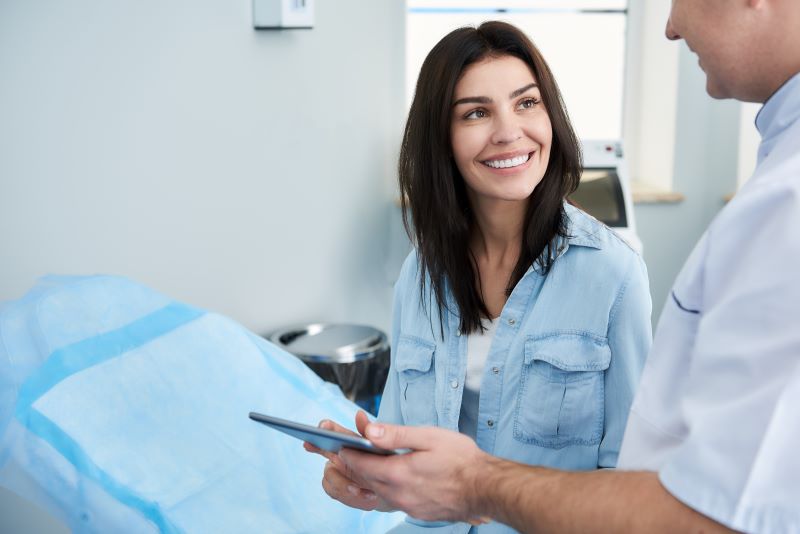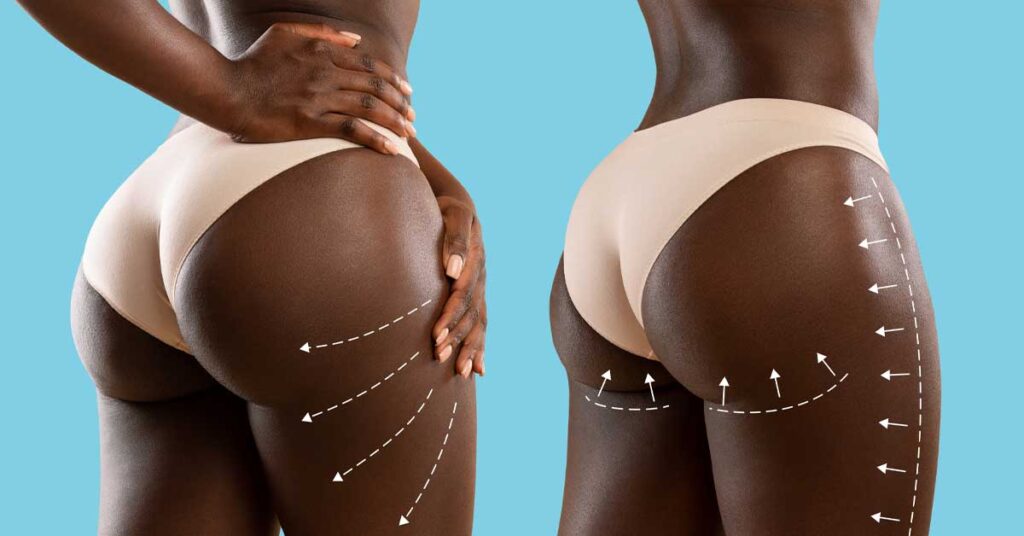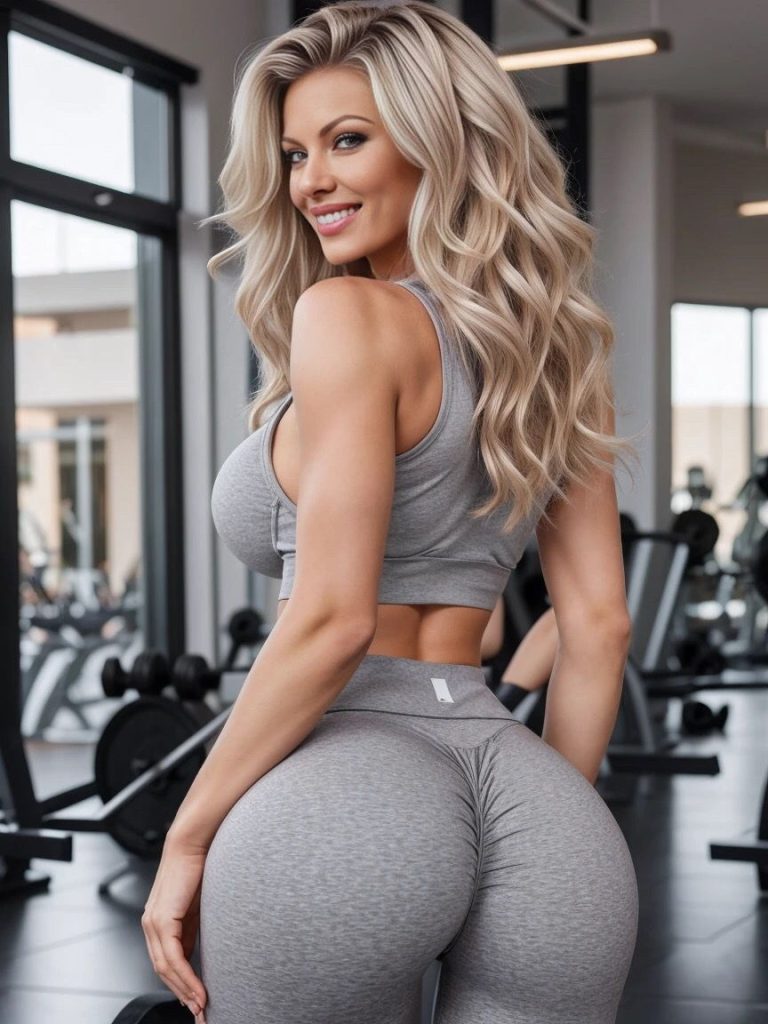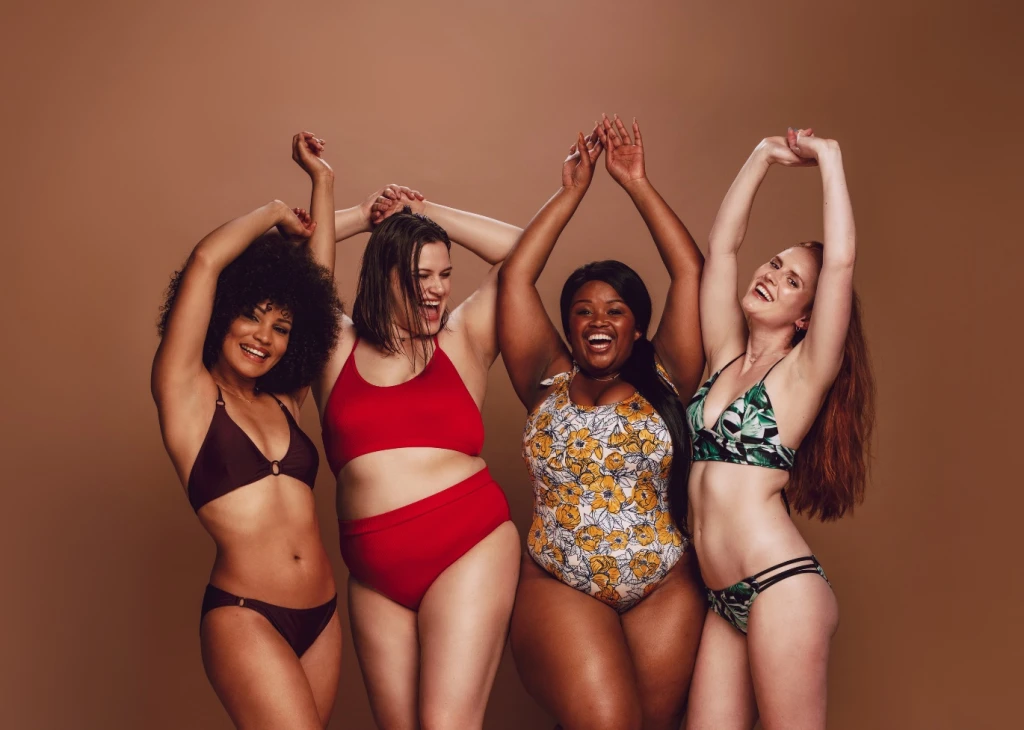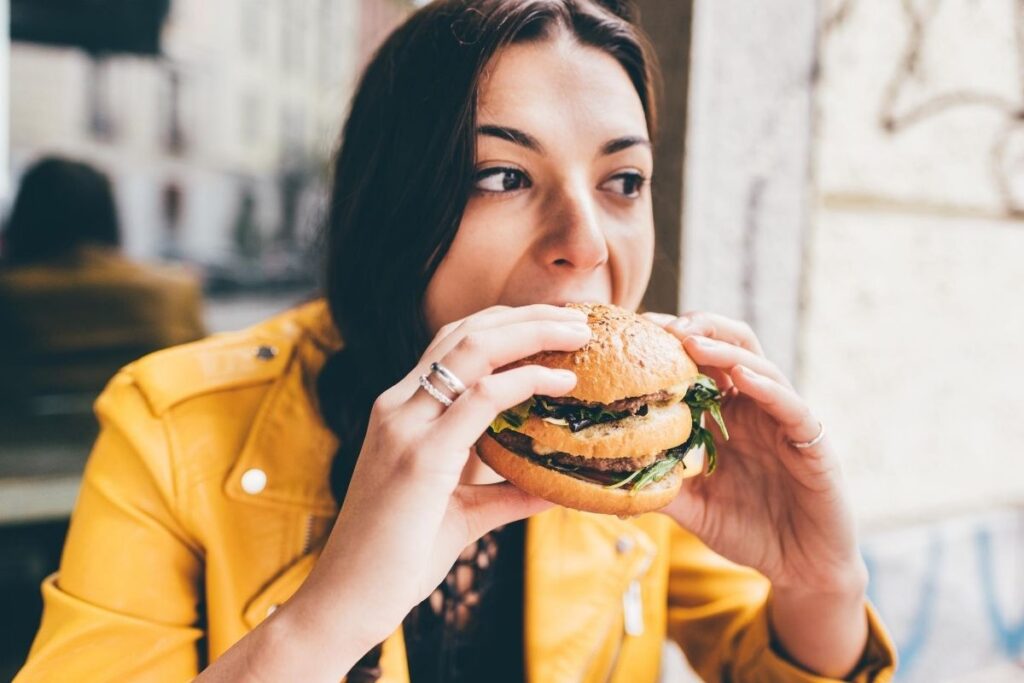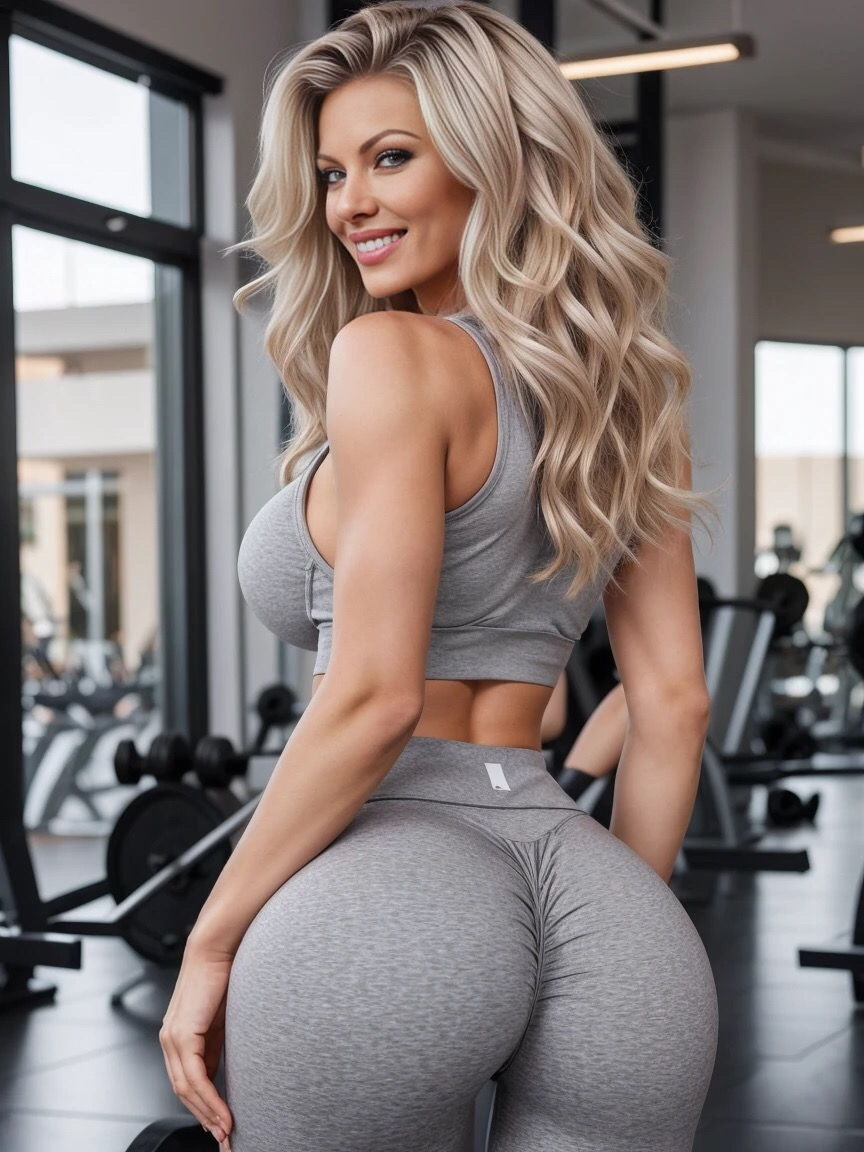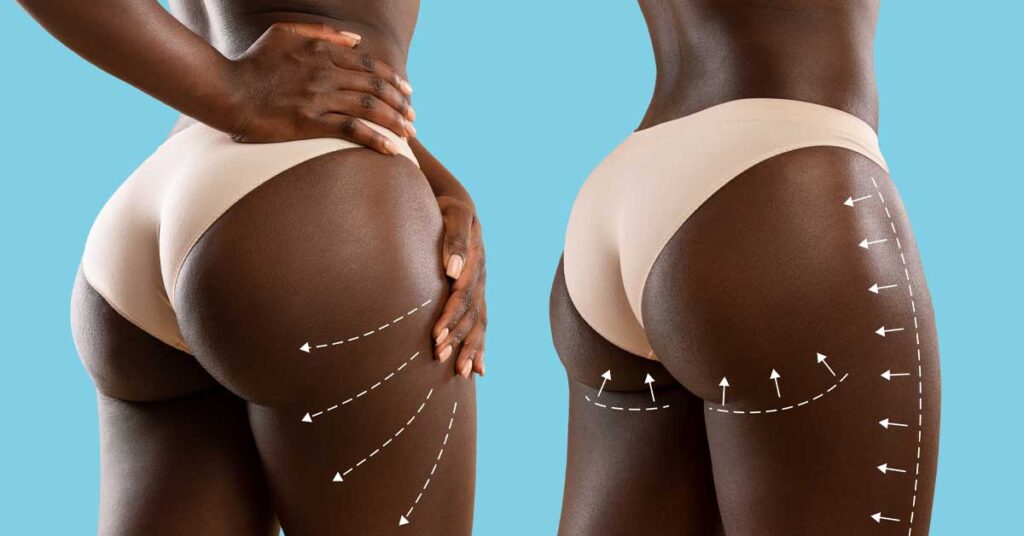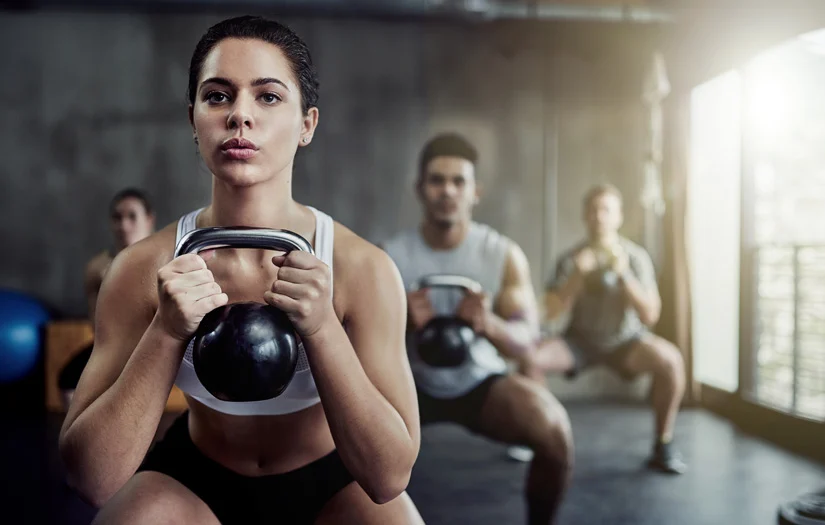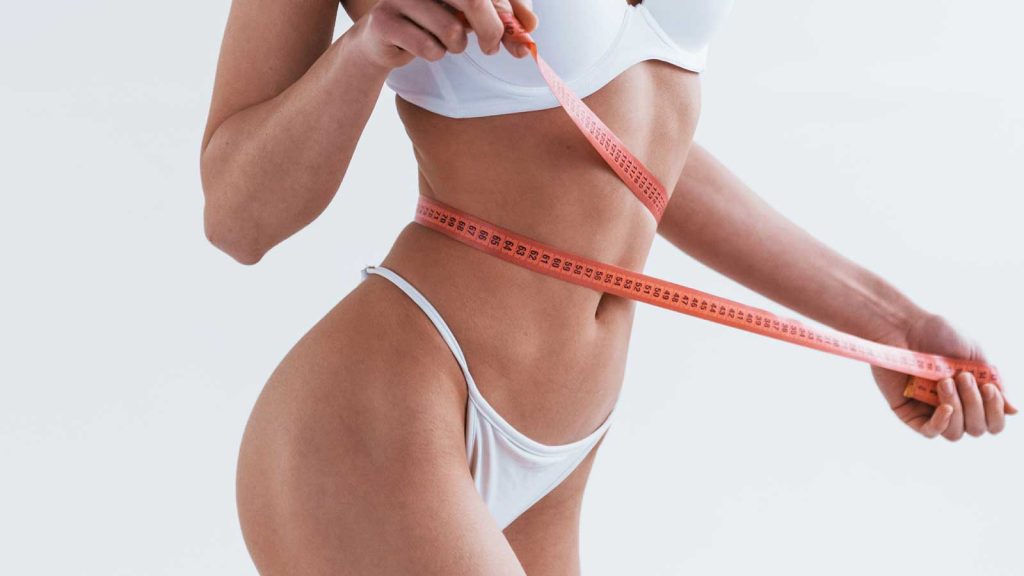Key Takeaways
-
Body contouring is a cosmetic procedure that improves the natural contour of your body. It focuses on the areas you choose rather than on all-over weight loss.
-
Fat transfer truly is the most natural body contouring method. It utilizes your own fat to restore volume to areas such as the buttocks, breasts, face and hips, while eliminating unwanted fat from donor sites.
-
This safe and effective procedure sculpts your body for a more slender appearance. It improves the appearance of your target areas for a more balanced and proportionate figure.
-
Fat transfer delivers beautiful, natural-looking results. It lowers the chance of rejection or complications, proving a more desirable option than synthetic fillers or implants.
-
Choosing an experienced surgeon is essential for achieving optimal results, minimizing risks, and ensuring your body goals align with realistic expectations.
-
In order to enjoy the long-term effects of fat transfer, it’s important to commit to a consistent weight going forward. Following aftercare instructions and maintaining a healthy lifestyle are essential.
The art of body contouring, including fat transfer, has emerged as a reliable approach to accentuating natural beauty and creating a harmonious, balanced physique. Fat transfer is becoming an essential technique in this field.
It works by removing excess fat from one area of the body to sculpt and contour another area, helping you achieve your desired look with more control. Since it uses your own fat, this process guarantees a more natural appearance and touch than with synthetic options.
You’re looking to improve the appearance of your hips, buttocks and/or breasts. Simultaneously, target fat loss in your abdomen and thighs. This combined benefit is why fat transfer is a popular option among many.
Thanks to these ongoing improvements in technology and technique, body contouring remains the best choice for safe, effective, highly customizable procedures that help patients achieve their unique goals.
What Is Body Contouring
Body contouring is a cosmetic procedure focused on enhancing your physical appearance by improving the shape and tone of your body. This effective body sculpting solution targets specific body areas rather than overall weight loss. Techniques such as fat transfer and modern body sculpting methods, including liposuction, work together to sculpt and define your figure.
For example, during the fat transfer procedure, we harvest fat from your abdomen and redistribute it to your hips, creating a more pronounced hourglass figure. In contrast, liposuction effectively removes excess fat deposits that resist diet and exercise efforts, refining the body contours.
You can choose from surgical and nonsurgical options. While nonsurgical approaches can take weeks to months to yield results, surgical techniques—especially with today’s advanced liposuction techniques—can offer immediate changes.
Definition of Body Contouring
Body contouring removes excess fat and/or skin to reshape areas such as the stomach, thighs, or arms. Fat transfer and liposuction are the two most common techniques.
Liposuction techniques have come a long way, now providing much safer, targeted, and accurate results. Most notably, body contouring is not a weight-loss tool. Rather, it is meant for sculpting, allowing you to make specific changes.
Purpose of Body Contouring
We can use this procedure for many things. For example, it can be used to improve curves, tighten loose skin after significant weight loss, or contour areas that don’t respond to diet and exercise.
The body contouring aim is an even, well-proportioned number.
Importance of Achieving Body Goals
Getting the body of your dreams isn’t simply a superficial issue. It helps increase self-esteem, enhance mental health, and encourage better health habits.
When you feel good in your own skin, that creates a ripple effect on all aspects of daily life.
What Is Fat Transfer
Definition of Fat Transfer
Fat transfer, also known as fat grafting, is a popular cosmetic procedure that serves as an effective body sculpting solution. This outpatient surgical procedure involves harvesting excess fat from one area of your body and injecting it into another area to achieve the desired body contours. Surgeons typically utilize liposuction to collect fat from areas with excess deposits, such as the abdomen, thighs, or flanks.
Once harvested, the fat undergoes a delicate refining process to eliminate impurities, resulting in pure, healthy fat cells. These purified cells are then strategically injected into targeted body areas, enhancing volume and shape while improving overall body proportions.
Perhaps the most significant benefit of fat transfer is its autologous nature—meaning that it uses your own tissue. That’s because the risk of allergic reaction or complication is greatly diminished when compared to synthetic fillers or implants.
Fat transfer is incredibly versatile and is frequently applied to enhance buttocks, breasts, face, and hips, making it a favored choice for individuals seeking customized body shape enhancement.
How Fat Transfer Works
The procedure involves three basic steps. First, through liposuction, we eliminate some of these stubborn fat deposits. Next, the fat is purified, which allows the surgeon to declutter the fat, using only healthy cells.
Finally, the purified fat is injected into the target areas with care and precision. It is the highly trained hand of the skilled surgeon that delivers harmony and balance to the final result with an artistic touch and careful technique.
Common Areas for Fat Transfer
-
Buttocks: Enhancing curves (Brazilian Butt Lift).
-
Breasts: Natural augmentation for subtle lift and shape.
-
Face: Filling cheeks, lips, or under-eye hollows.
-
Hips: Sculpting an hourglass figure.
Benefits of Fat Transfer
Natural results from fat transfer
Instead, fat transfer achieves results that truly feel like you. Since your own fat is used as the filler material, it makes for an ideal combination with your body. This technique provides for a much more balanced and natural look. Unlike synthetic implants or fillers, fat transfer reduces the risk of rejection or allergic reactions since the body recognizes its own tissue.
This improves the process by making it safer and more predictable in the long term for satisfying results. On the aesthetic side, fat transfer complements other body contouring procedures, like liposuction, to create a natural, more attractive silhouette. Whether for breast augmentation, a Brazilian butt lift, or facial rejuvenation, this technique provides beautiful, natural-looking contours.
It achieves beautiful, natural-looking volume that’s unique to you. Patients adore the organic appearance as it looks very natural. This preference resonates with patients looking for natural-looking results without the telltale signs of a treatment.
Dual benefits of fat removal and enhancement
Perhaps the most thrilling aspect of body sculpting is its two-for-one perk. The process begins with liposuction, effectively removing fat from the abdomen, thighs, flanks, or other body areas. This method not only sculpts the donor site but also provides the surgeon with material to enhance areas requiring more volume, making it an effective body sculpting solution.
It’s a win-win situation, giving you a trimmer overall physique while emphasizing your curves where it counts. For instance, transferring fat from the waist to the hips can create a stunning hourglass shape. Additionally, taking fat from the thighs while augmenting the buttocks can restore attractive symmetry and proportions, achieving a contoured appearance.
By targeting two aesthetic concerns through this dual approach, both personal goals are accomplished more efficiently in terms of time and money compared to undergoing the procedures separately.
Long-lasting effects of fat transfer
These results of fat transfer are not only immediate but they are long lasting. With appropriate aftercare, up to 90% of the fat that is transferred can survive long-term. Usually more than 60% of it stays, giving your body a more beautiful contour for years to follow.
In reality, as many as 90% of patients experience permanent results, with many individuals celebrating their rejuvenated shape for 20 years or more with routine upkeep. Following a fat transfer procedure, maintaining a healthy lifestyle is important to ensure longevity of results.
Engaging in regular exercise, maintaining a healthy diet, and avoiding major weight changes can help keep the transferred fat stable. The procedure itself is minimally invasive, using small incisions as little as 0.12 inches. This technique results in minimal to no visible scarring, increasing the treatment’s overall attractiveness.
Risks and Considerations
Possible side effects of fat transfer
Fat transfer is a relatively safe procedure within the realm of body sculpting, but like all cosmetic surgeries, there are side effects to keep in mind. Swelling and bruising are the most common issues that may arise following the treatment. These side effects are generally temporary and tend to subside within weeks, varying according to the patient and the extent of the fat transfer surgery.
Patients may notice uneven lines or bulges that could require additional fat grafting procedures to achieve a smooth, contoured appearance. For instance, asymmetry or undercorrection occurs in approximately 27.8% of cases, occasionally necessitating second-pass corrections to reach the ideal body shape.
While complications such as infection or fat necrosis can infrequently occur, the risks have been significantly reduced with the introduction of modern body sculpting techniques. Despite these potential issues, fat transfer remains a popular procedure due to its natural-looking results and lower allergic reactions compared to synthetic fillers.
Recovery process after the procedure
Recovery for fat transfer depends on the area treated, where most patients will see extensive swelling and bruising that can last up to a couple of weeks. Avoiding risks and complications following post-operative care instructions provided by your surgeon is crucial to making sure that everything heals correctly.
This includes staying away from any strenuous activities and wearing compression garments when required. The ultimate impact doesn’t materialize immediately. Usually, you’ll begin to notice them in three to six months, as about 50-70% of the injected fat takes permanent residence.
Patience, though, is key in this phase, because the slow-building progress results in a durable happiness.
Importance of consulting a professional
Selecting an experienced plastic surgeon will help mitigate risks and ensure the best possible results. A highly experienced surgeon can not only lower risk for complications, but apply more advanced techniques that protect fat retention and contouring precision.
In fact, research has found that one-third to one-half of the fat that’s injected gets reabsorbed. An experienced consultation will guide you in setting realistic expectations for what is and isn’t possible.
Surgeons will evaluate your individual suitability for fat transfer, ensuring that the procedure is a good fit for your body type and desired results. Fat grafting provides the double benefit of resolving both issues—removing unwanted fat and adding volume—in just one procedure.
How Fat Transfer Shapes Your Figure
1. Enhancing curves with fat transfer
With fat transfer, it’s possible to create even bigger, curvier shapes in the hips, thighs or buttocks. By using your body’s natural fat reserves, this innovative technique sculpts curves that promote a more feminine figure. It’s especially effective for achieving an hourglass figure, where the waist appears smaller, and the hips and bust gain volume.
You can use the procedure to transfer excess fat from your abdomen to your buttocks. This process improves their shape and fullness, providing you with a more youthful and perky look. The process is far from simply adding fat wherever; it’s a matter of precision.
Skilled surgeons will take their time creating these new curves to make sure they complement your body’s natural proportions.

2. Restoring volume in specific areas
Fat transfer is perfect to restore lost volume in the face and breasts. As time goes on, whether due to the aging process or weight loss, these locations can start to look empty. Restoring volume adds fat that restores youthful fullness, softens creases and lines, and refreshes your overall appearance.
In the breasts, it provides a natural-looking increase in size without the use of implants. Due to the minimally invasive nature of the procedure, the results are natural in appearance and feel.
3. Balancing proportions for symmetry
Fat transfer body procedures improve the natural body contours. Whether filling out one hip or leveling out a breast, skilled surgeons rely on meticulous planning to produce newfound symmetry. Whether you desire to minimize or emphasize your curves, balanced proportions are essential for effective body sculpting solutions.
4. Achieving a natural look
Since you’re using your own fat in fat transfer surgery, you can trust that the enhancements will naturally fit with your body shape. Results from this effective body sculpting solution are smooth, natural-looking, and very long-lasting, with final results typically seen after about 3-6 months.
Who Can Benefit From Fat Transfer
Ideal candidates for body contouring
Fat transfer is a highly nuanced and versatile procedure, particularly effective for those seeking body contour enhancement. Best candidates typically have sufficient fat deposits in specific body areas such as the abdomen, thighs, or flanks. This harvested fat can then be reshaped to create volume and contour in various cosmetic applications, leading to improved body image and a contoured appearance.
Maintaining a stable weight for at least three months prior to the procedure is crucial, as fluctuations can impact the overall cosmetic outcomes. Patients who do not smoke are ideal candidates, since smoking negatively affects the healing process. If you do smoke, it is essential to quit a minimum of four weeks before undergoing fat transfer surgery.
Good overall health is another important factor, ensuring that the body can handle the surgical procedures and recovery without complications. Smart, achievable expectations are vital for a great applicant, as this includes being realistic about what fat transfer can achieve, favoring natural body contour enhancement over extreme transformations.
Patients desiring a natural look, such as restoring subtle volume to the cheeks or smoothing fine lines, can be excellent candidates. Lastly, having a clear understanding of the fat grafting procedure, including potential risks and benefits, helps set realistic expectations and avoids disappointments.
Factors to consider before choosing fat transfer
There are a number of factors that go into determining whether fat transfer is a good fit for you. Of course, healthy lifestyle habits, such as a nutritious diet and staying physically active, help ensure these results are long-lasting. Your body type plays a role, as enough fat reserves are required for grafting.
Aftercare is a second commitment—after surgery instructions such as staying away from vigorous activities allow your body to heal correctly. Personal motivations should not be overlooked. Treatment, which may involve improving features like achieving a more balanced shape or bringing back lost volume, can be rewarding.
It’s important to make sure you’re getting the procedure for your own needs, not for outside pressures. About 80% of plastic surgeons do autologous fat grafting on a regular basis. This popularity is a testament to the many surgeons who appreciate its versatility and natural-looking results.
Preparing for a Fat Transfer Procedure
Steps to Take Before the Procedure
Preparing for a fat transfer surgery means taking time to plan and prepare for a successful cosmetic procedure. Here’s what you need to focus on.
-
Fluctuations in weight can affect the results, so aim to keep your weight consistent.
-
Avoid smoking, nicotine products, and alcohol for two weeks before the procedure. These can all significantly impact your healing.
-
Stop taking any blood-thinning medications such as aspirin or ibuprofen to lower the risk of bleeding. Hydration is important, too.
-
Arrange for recovery support and time off work: Plan ahead by scheduling time off and arranging for someone to help with daily tasks during recovery.
Questions to Ask Your Surgeon
When meeting with your surgeon about body sculpting, having the right questions can make a difference.
-
Ask about their expertise with fat transfer procedures and view before-and-after photos to assess their work.
-
See how long it will take to heal, what to expect as far as swelling and bruising, and how to take care of yourself post-op.
-
Clearly communicate your goals, and how your anatomy may play a role in the result, or methods employed.
Setting Realistic Expectations
Fat transfer is a gradual process, so be patient with your results. Note that it can take up to six months for the transplanted fat cells to get their own blood supply and settle in to full, final results.
After the procedure, post-care is key to getting the most out of your fat transfer. Prepare to wear compression garments for at least two weeks to support your healing process.
Avoid placing pressure on sensitive areas, including the buttocks, for 3 to 6 weeks. For long-term results, adopt a healthy lifestyle that includes a proper diet.
Try to get in at least 150 minutes of moderate aerobic activity per week to improve your health! Regular follow-up appointments are just as essential to monitor your progress and discuss any issues or concerns.
Aftercare and Maintenance Tips
Post-procedure care instructions
Proper aftercare is critical to the success of all fat transfer procedures. Here are some essential post-procedure care tips:
-
No heavy lifting or vigorous exercise for minimum two to four weeks per your surgeon’s recommendation. Gentle walking is recommended to increase circulation, but no heavy lifting or strenuous exercise for 4-6 weeks.
-
Follow your physician’s or dentist’s instructions in taking prescribed medications, which will help alleviate any pain and swelling. You should only take over-the-counter pain relievers with your doctor’s permission.
-
Keep the treatment area clean and practice good hygiene to reduce risk of infection. Such as washing with a mild soap and not soaking in water, such as taking baths or going in pools, until permitted by your surgeon.
Recovery time is minimal, as most patients are back to their normal routine within just a few weeks. Surgeries that involve larger fat transfers can prolong the recovery time.
It is very important to have someone drive you home and assist you during the first 24 hours.
Maintaining results with a healthy lifestyle
Key to long-term results are your ability to maintain a healthy weight and commit to a healthy lifestyle. Nutrient-dense meals in appropriate portions and a routine that includes both strength-training and cardiovascular exercise keep your new shape in check.
Fat cells that live through the transfer are permanent, but weight changes can affect the outcome. Patients consistently express high satisfaction, with many patients thriving with good mobility and long-term results for decades.
Monitoring progress and follow-ups
Going to your follow-up appointments helps keep your recovery on the right track. With the ability to track fat retention, surgeons can address this through their recommendations.
An open and effective line of communication with your physician is crucial to allay any of your concerns, fostering strong confidence and results.
|
Feature |
Fat Transfer |
Implants |
|---|---|---|
|
Material |
Natural fat cells |
Synthetic materials |
|
Longevity |
Often decades with proper care |
May require replacement |
|
Benefits |
Two-in-one sculpting, natural results |
Consistent size and shape |
Conclusion
Fat transfer provides a solution that is both effective and natural to achieve your desired body contour using your own tissue. It adds curviness, erases lumps and bumps, and offers a uniquely customized method of body sculpting. This process is both an art and a science. It provides an intriguing alternative for those looking for something with a very distinctive, genuine feel.
It’s important to take care of your body both before and after the procedure. Maintaining healthy habits and a realistic perspective will help you achieve long-term results. While this approach isn’t limited to purely cosmetic purposes, many patients do seek this method to feel more confident in their own skin.
If this seems like ideal solution to your aesthetic desires, contact a board-certified expert to discuss fat transfer. Their expertise will ensure you take the right next step for you.
Frequently Asked Questions
What is fat transfer in body contouring?
In short, fat transfer surgery, or fat grafting, involves taking fat from a donor area of your body — like your abdomen or thighs. This modern body sculpting method uses harvested fat to inject into other areas, such as your buttocks or breasts, providing a safe, organic approach to achieving your ideal body shape with your own fat cells.
How does fat transfer shape your figure?
Fat transfer body sculpting creates your ideal shape by removing unwanted fat deposits and adding it to specific body areas that need volume. This effective body sculpting solution helps produce a more natural, proportioned, and sculpted look, customized to your unique aesthetic desires.
What are the benefits of fat transfer?
Fat transfer surgery provides more natural-looking results and minimal risk of allergic reactions, while also offering double-duty benefits—removing unwanted fat and enhancing specific body areas. It’s one of the safest and most effective body sculpting methods for achieving customized body contouring.
Are there risks with fat transfer?
While fat transfer surgery is safe when performed by experienced surgeons, there are potential risks such as infection, fat reabsorption, or uneven results. These risks can be minimized by choosing qualified plastic surgery specialists who have a history of successful body sculpting procedures and satisfied patients.
Who is a good candidate for fat transfer?
Individuals with underlying health concerns or insufficient excess fat deposits are typically not ideal candidates for body contouring procedures. During their consultation, patients should clearly articulate their aesthetic goals and express a desire for enhancements to the face, breasts, or buttocks that appear more organic.
How should I prepare for a fat transfer procedure?
Follow all pre-operative instructions from your surgeon, including but not limited to: Discontinuing specified medications, maintaining a healthy diet, and quitting smoking. Proper preparation enhances your recovery and leads to improved body image and more beautiful cosmetic outcomes.
What is the aftercare like for fat transfer?
After body sculpting surgery, follow your doctor’s guidelines, wear compression garments, avoid pressure on treated body areas, and stay hydrated. Maintaining a stable weight is crucial for achieving effective body contour results in the long run.




